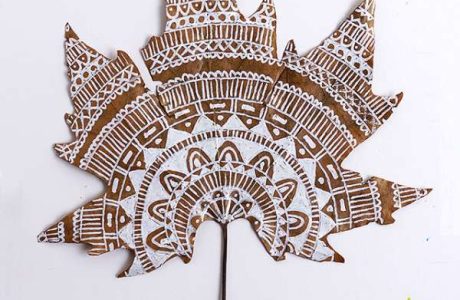
A corner desk is a great addition to any home or office, providing a functional workspace without taking up too much floor space. However, store-bought corner desks can often be expensive and lack the personal touch that comes with a DIY project. That’s why we’ve gathered a roundup of 10 DIY corner desk ideas that you can make yourself with just a few basic tools and some creativity.
Making your own corner desk is a great way to save money and create a custom piece of furniture that perfectly fits your space and style. With the right tools and materials, you can create a desk that’s both functional and beautiful.
To start your DIY corner desk project, you’ll need a few basic tools including a saw, drill, screws, wood glue, sandpaper, and a measuring tape. Depending on the design of your desk, you may also need additional tools such as a jigsaw, router, or circular saw.
Before you begin, it’s important to measure the space where you’ll be placing your corner desk to ensure that it fits properly. You’ll also want to consider the style and design of the desk, as well as any additional features such as shelves or drawers.
One popular DIY corner desk design is the L-shaped desk, which provides ample workspace and can be made with just a few pieces of wood and some screws. To make an L-shaped desk, you’ll need two pieces of wood, one for each side of the L, as well as a smaller piece of wood to connect the two sides. You’ll also need screws and wood glue to hold the pieces together.
Another popular DIY corner desk design is the floating desk, which provides a sleek and modern look without taking up any floor space. To make a floating desk, you’ll need a piece of wood or plywood, brackets, screws, and a drill.
Other DIY corner desk designs include a sawhorse desk, a pipe desk, and a pallet desk, each with its own unique style and features. No matter which design you choose, making your own corner desk is a fun and rewarding DIY project that can save you money and provide you with a custom piece of furniture that you’ll be proud to use.
When it comes to choosing materials for your DIY corner desk, there are a few options to consider. You can use solid wood for a traditional look, plywood for a more affordable option, or reclaimed wood for a rustic and eco-friendly choice.
If you’re working with reclaimed wood, it’s important to inspect the wood for any damage or defects before using it in your project. You’ll also need to clean and sand the wood to remove any dirt or debris.
In addition to the type of wood, you’ll also want to consider the finish of your desk. You can choose from a variety of finishes including paint, stain, or a clear coat to enhance the natural beauty of the
Office Corner Desktop Plans | Ana White
DIY Corner Desk – Shanty 2 Chic
Herringbone L-Shaped Corner Desk Tutorial | Honey Built Home
Free Plans Build a Corner Desk
DIY Farmhouse Desk — Ashley Diann Designs
DIY Farmhouse Computer desk for under $100
Space-Enhancing Office Desk – Buy or DIY
How to Build a DIY L Shaped Desk–{With Shelves!}
Using salvaged wood for DIY projects such as making a desk is a great way to give new life to old materials and reduce waste. However, before you can start working with salvaged wood, it’s important to clean and prepare it properly to ensure a successful and safe project.
The first step in cleaning salvaged wood is to remove any nails, screws, or other hardware that may be embedded in the wood. You can do this using a hammer and pry bar, or a pair of pliers if the hardware is small. Be sure to wear gloves and eye protection to protect yourself from any flying debris.
Once you’ve removed any hardware, you’ll want to inspect the wood for any signs of damage, such as rot, cracks, or insect infestation. If the wood is severely damaged, it may not be suitable for use in your project. If you’re unsure about the quality of the wood, consult with a professional or experienced woodworker.
Next, you’ll want to remove any dirt, grime, or other debris from the salvaged wood. You can do this using a stiff-bristled brush or a pressure washer, depending on the size and condition of the wood. Be sure to work in a well-ventilated area and wear a mask to protect yourself from any dust or debris.
After removing any dirt or debris, you’ll want to sand the salvaged wood to smooth out any rough spots or splinters. Start with a coarse-grit sandpaper and work your way up to a finer grit for a smooth finish. Be sure to sand with the grain of the wood to avoid any scratches or marks.
Once the salvaged wood is clean and smooth, you can apply a finish to protect and enhance the natural beauty of the wood. Depending on your preference and the intended use of your salvaged wood desk, you can choose from a variety of finishes including paint, stain, or a clear coat.
It’s important to note that salvaged wood may contain lead paint or other hazardous materials, especially if it was salvaged from an older building. If you suspect that your salvaged wood may contain hazardous materials, it’s best to consult with a professional or experienced woodworker before working with it.
Make Your Own Wooden Lap Desks



